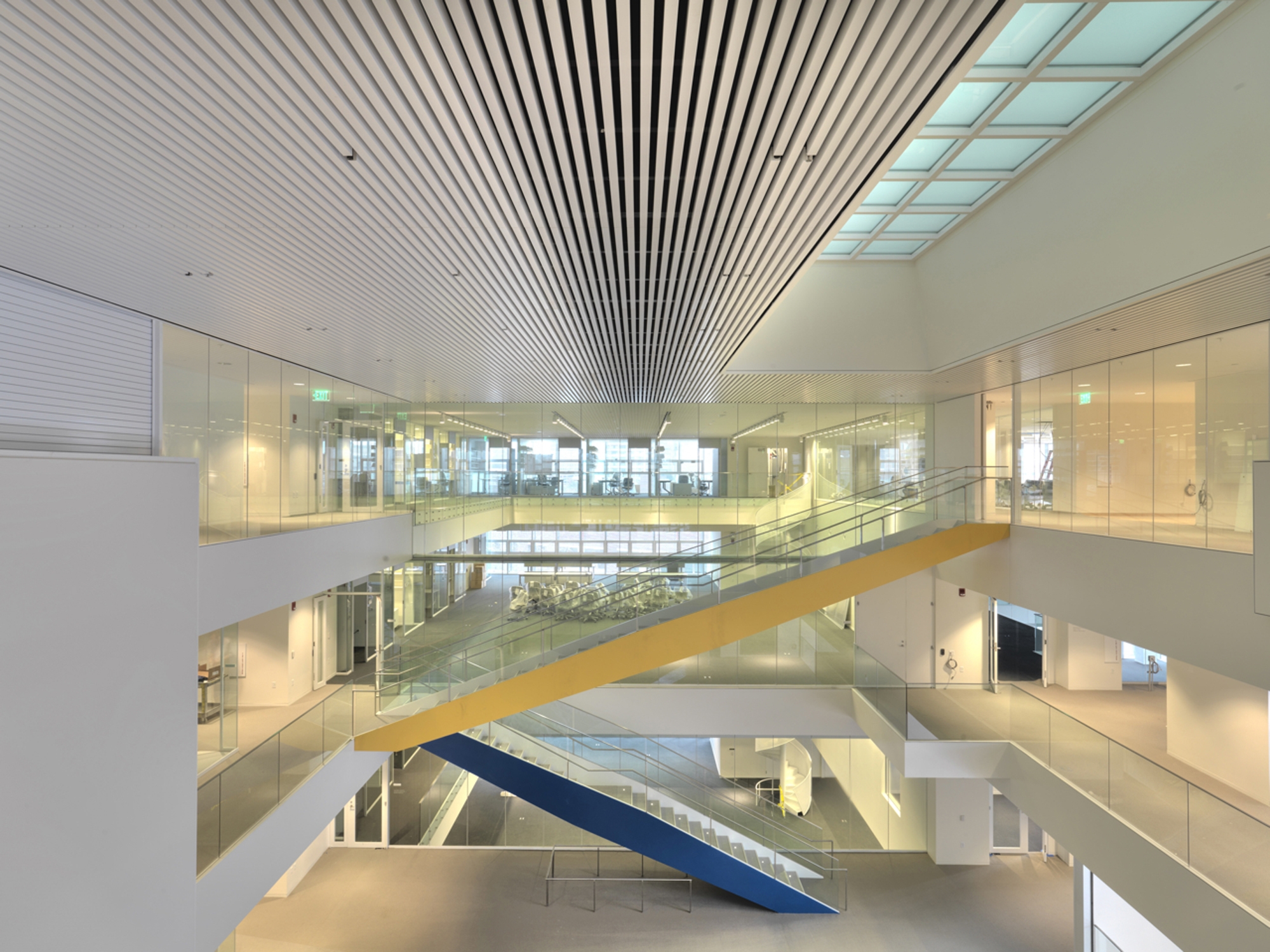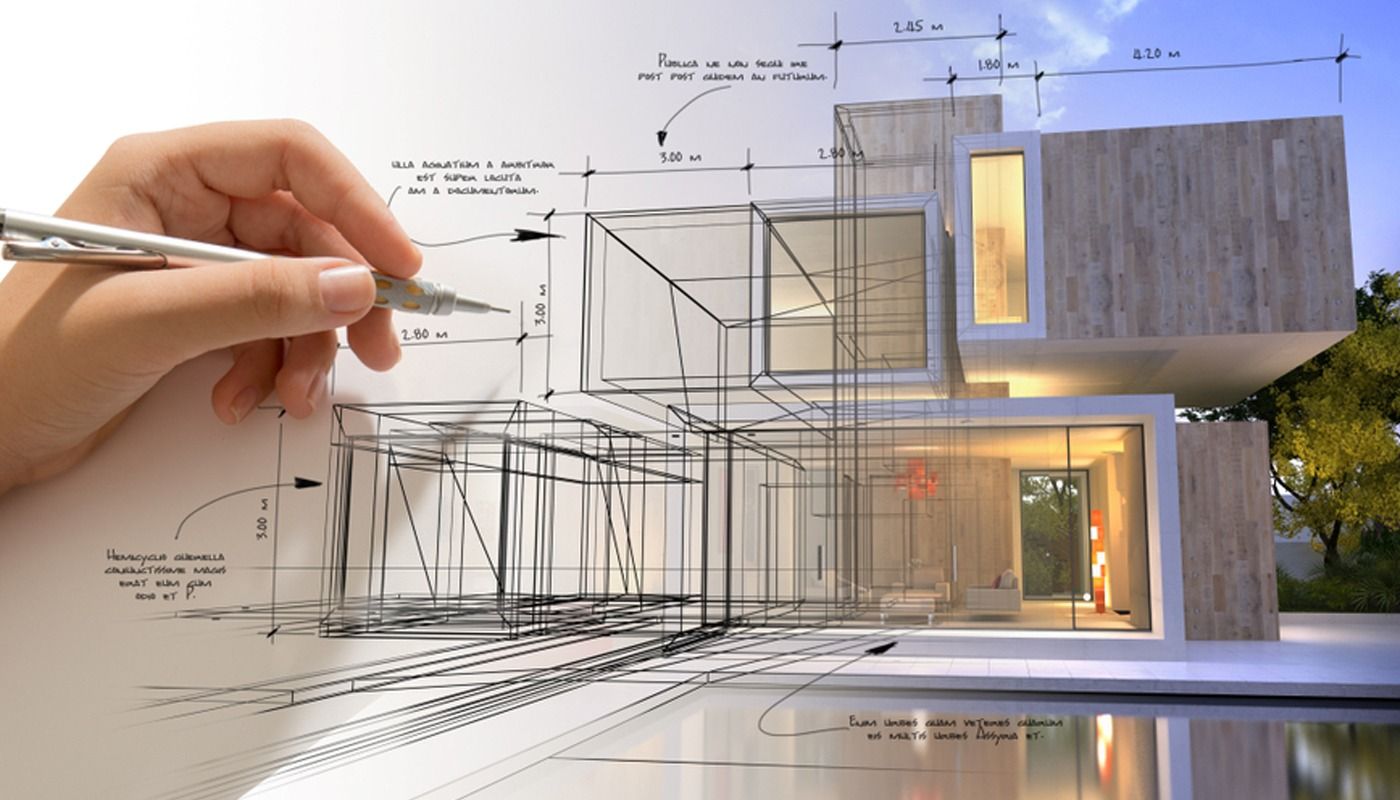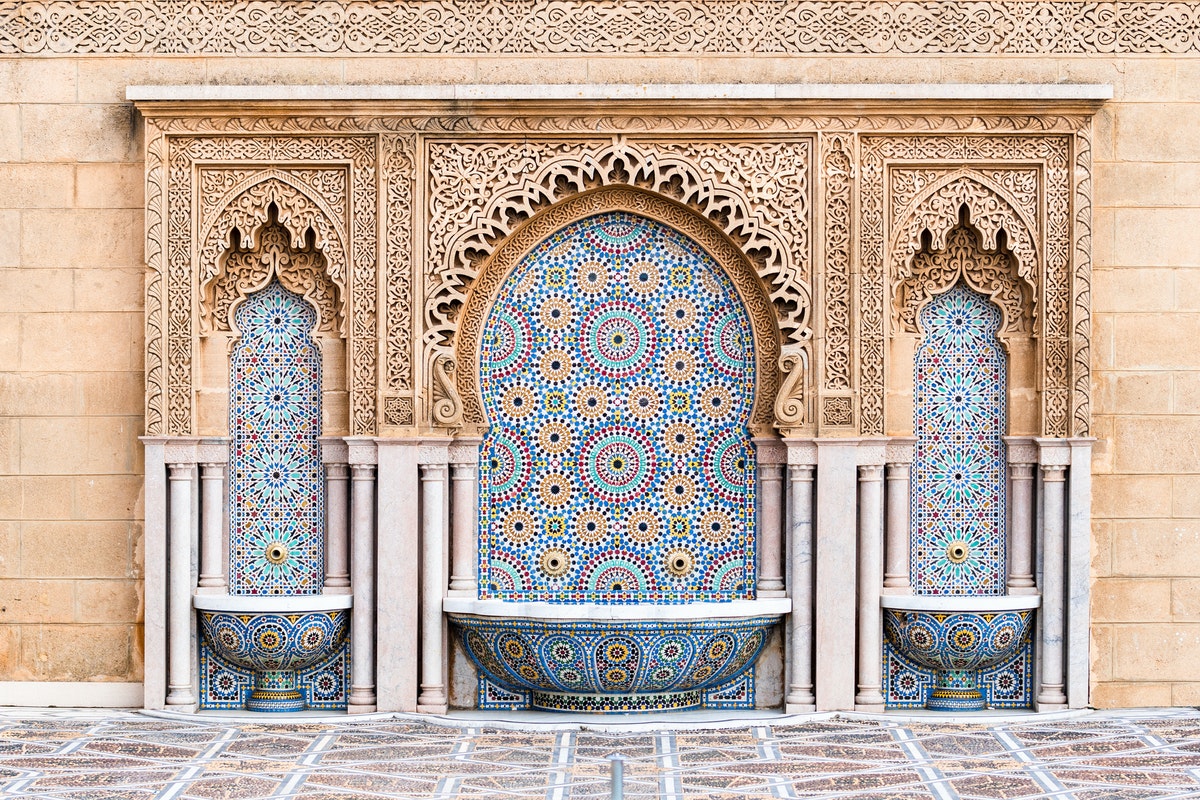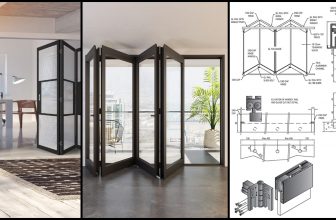In architecture, we are in ‘search of new triumphs’. But for the Next Big Thing to happen, merely looking for it is not enough. Today, Architecture calls for ‘research’ that takes a diligent dive to analyze what we know of – to arrive at what we dream of. Research is the mother of development. Architectural research, like that of others’, begins and dwells in laboratories. It is in these laboratories that Eureka!-moments happen, consolidated by research and experiments that may look lackluster on paper, but hold a strong value in the practical world.
It has been a contested topic – that whether or not Architecture, primarily accepted as an ‘applied science field, has a parallel ‘research orientation. While architecture, as a profession, enjoys all perks of being at the forefront and getting the job done, its advancement is intricately linked to the acquirement of knowledge. This harvest of knowledge doesn’t occur in confined rooms under formal white coats. This is where architecture humbly differs. A deeper look into the past, and one learns that the first ‘Labs’ might have been the reserved corners of Antoni Gaudi’s home, where he experimented on the Hanging Chain Model and brought front the innovation of catenary vaults. On similar lines, the research and experimentation of Le Corbusier materialized in the form of Le Modulor.
Today, as the profession branches out innumerable subsets of specializations, one may need to look into the core of investigation too, which lies in some of the research laboratories that emerge in the profession as specialist entities. The Research and Development Committee of the Royal Institute of British Architects (RIBA) has taken up this responsibility and puts ‘research’ at the core of all activities in the profession.
RIBA has taken some pioneering steps towards shunning some myths that have evolved around architectural research. One of them goes by the saying that “Architecture is just architecture”. Such an approach of autonomy, according to RIBA, has led to the marginalization of architecture. A knowledge base is developed only fitfully, and so it is a recurring mistake to say that general definitions of ‘research’ do not fit in the field of architecture. Further, the argument that “Building a building is research” is its own right, is debatable too. Architecture exceeds the building as an object, just as art exceeds the painting as an object (RIBA). This ‘expanded’ field is addressed by architectural research.
In order to keep research alive and to push the rigid boundaries of profession, many government and private centers for innovation, learning, leadership, and organization, have adopted the title of ‘lab’ in their name to emphasize the experimental and research-oriented nature of their work. These are some platforms of architecture with maximum freedom of studying, knowing, and also tweaking the independent and interactive ways by which architecture emerges as a physical manifestation. Research in architecture develops on these interactions closely.
OCEAN is one such association, which was first founded in 1994 as a network of collaborating architects interested in pursuing research by design and related projects. OCEAN integrates expertise in architecture and urban design, civil and structural engineering, advanced computational design, industrial design, musical composition, and system-thinking.
RIBA has taken the leap to loosely categorize “Architectural Laboratories” or LABs into three categories, based on:
- Architectural Processes: For LABs performing research in processes of design and building construction.
- Architectural Products: For LABs experimenting on buildings as objects or systems.
- Architectural Performance: For LABs researching into building interactions after it is completed.
This tripartite style is informative and can provide more clarity of the variety of research that is carried out in the profession. Looking deeper into this categorization one may realize how these collectively form one entire whole within Architecture and how ‘research’ is deeply integrated with the profession. Many examples of the emerging ‘laboratory’ culture in the profession can be found today, that operate on different scales and range across geographic boundaries.
Examples of the Emerging ‘Laboratory’ Culture in Architecture
-
MIT MEDIA LAB
MIT MEDIA LAB is an interdisciplinary research laboratory at the Massachusetts Institute of Technology devoted to projects at the convergence of technology, multimedia, sciences, art, and design. Staff and students have backgrounds ranging from electrical engineering and computer science to sociology and music, among others.

Inside Media Lab Complex of MIT
One Lab (1L) has set high standards when it comes to laboratories for the testing of architectural products. 1L is an urban non-profit group involved in research and education.
Architecture Firms promising the future
1. IwamotoScott Architecture
The future looks promising as many practices venture into research developments. IwamotoScott Architecture is a San Francisco-based practice, committed to pursuing architecture as a form of applied design research. One of their formulations has been Voussoir Cloud, completed in association with SCI-Arc students.
2. LAVA
LAVA, another architectural practice, explores frontiers that merge future technologies with patterns of organization found in nature and has a firm belief that this will yield a smarter, friendlier, more socially and environmentally responsible future. The intent for research has already been established well by such practices.
3. FAB LAB
FAB LAB Barcelona has embarked on new treads of architecture by providing tools for rapid prototyping that help create facades (and other systems) with better architectural performances.
4. The Laboratory for Explorative Architecture & Design – LEAD
The Laboratory for Explorative Architecture & Design – LEAD – explores how architectural innovation can stem from the strategic integration and combination of contemporary design technology and highly contextual and project-specific parameters. They can thus be categorized as LAB focussing on architectural processes.
5. A² Fab Lab
The A² Fab Lab, linked to the University of Florida, is a digital fabrication lab with tools to help mediate between digital and physical design and creation processes. It brings state-of-the-art architectural products closer to students. Such initiatives are also taken by other reputed academic institutions like the IdeasLab IISC.
To sail within the profession, one requires an in-depth knowledge of the complex process of creation, which calls for research. A dive into this vastness happens within these laboratories. It won’t be long before ‘Labs’ become an integrated part of the profession, and not just as innovation-led support systems relying on larger practices for their survival. Our pace of development will shoot up when homework through ‘research’ is taken seriously and that will be the time when we can see more Eureka!-moments etching in the timeline of architecture.
By Sushant Verma & Ankur Podder





